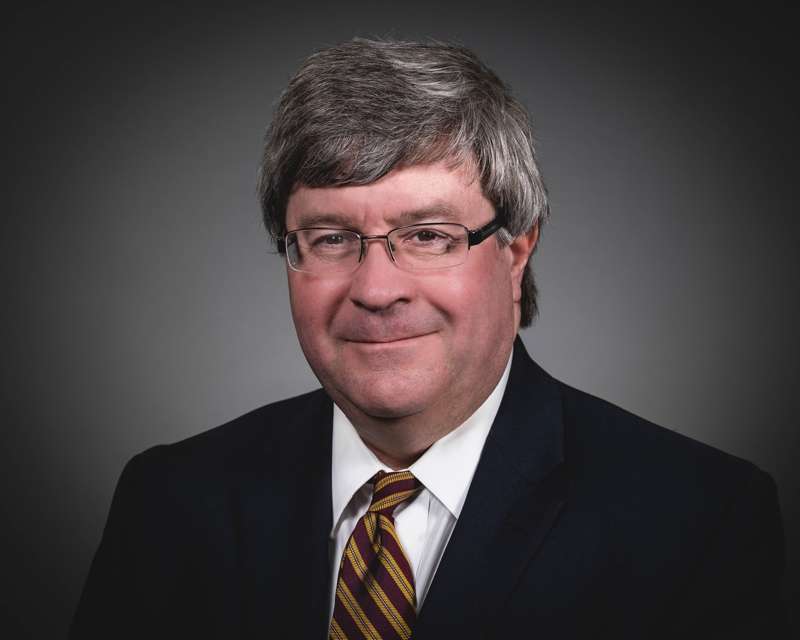
NICK GOSNELL
Hutch Post
HUTCHINSON, Kan. — According to the Tallman Education Report from the Kansas Association of School Boards, written by KASB's Mark Tallman, Kansas public school enrollment declined slightly this year. There were about 5,200 fewer students according to data compiled by the Kansas State Department of Education.
"If you use population estimates, and these are only estimates, but it's the best data we have from the U.S. Census, the school age population in Kansas has actually been dropping, really, over the last 10 or 15 years," Tallman said. "The preschool age population, which of course, effects the school age population, has been dropping even more rapidly. One of the things to start by noting is, based on this data, there's simply fewer school age kids in the state."
Under the current school finance system, student population largely determines how much money schools receive to provide services.
"When COVID hit, one of the things we saw was that there was a big spike in students that were not attending public schools or accredited private schools," Tallman said. "Whether that means homeschooling, non-accredited private school offerings or whatever was going on, that increased. What's happened since then is, we appear to be about back where we were about 10 years ago in terms of, kind of the share of the school age population between public and private schools."
For the current 2023-24 school year, public school enrollment is 88.8 percent of the school-aged population. That percentage is higher than in 2011. Accredited private enrollment is only 5.1 percent (compared to 5.6 percent in 2011). The remaining children which includes home schooled, non-accredited private schools, or those not attending, totals just 6.1 percent.
"One thing the legislature is looking at is changing the way students are counted for budgets," Tallman said. "Right now, it's always based on the prior year or the year before that enrollment, meaning your budget is really set on your enrollment from a year or two before, to letting districts either use the current year or the prior year, but not going two back. That would be helpful to districts that are growing and there are some that are continuing to grow. It wouldn't be helpful to districts that are in a longer term decline."
There has been an increase in the number of low-income students and students with disabilities. Public schools continue to educate the bulk of these students. This year, 49.1 percent of public school students qualify for free or reduced-price meals, up from 31.9 percent in 2000.
CLICK HERE to download the Hutch Post mobile app.
CLICK HERE to sign up for the daily Hutch Post email news update.





